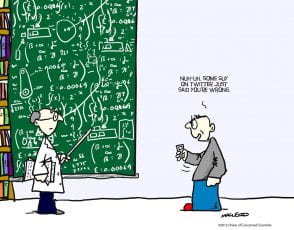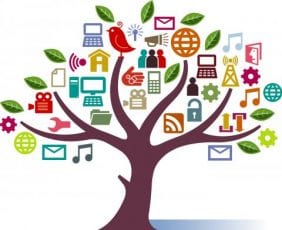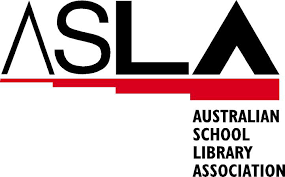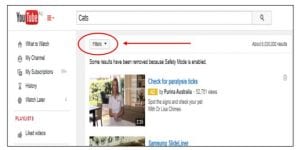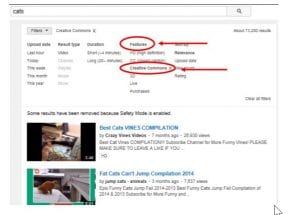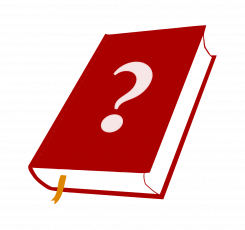
Resourcing the Curriculum is one of six core subjects required to gain a Masters as a Teacher Librarian (TL). It is designed to instruct its students as to how they can resource the curriculum while supporting learning and teaching within their school (Charles Sturt University [CSU], 2019). At the beginning of this unit, I had limited understanding of the role and nature of school library collections. I worked in a library, but I did not fulfil the role of a TL. Our library collection just inhabits the space. Faculty heads request material, they end up purchased. Library-specific resources are requested by students, the acquisitions officer and myself, they end up purchased.
Module two was particularly educational, up to that point I had no knowledge of how a collection should be developed. Reading Fundamentals of Collection Development and Management by Johnson and Selecting Resources for Learning by Hughes-Hassell and Mancall opened up my eyes on the areas I was overlooking (2018; 2005). How could I make well-considered, relevant purchases that would be a good investment for the users of my library? I soon came to understand the importance of Resource Models and their role in selecting resources. I created my own, based on a tool by Hughes-Hassel and Mancall, which I posted to my blog (Taylor, 2019). Created with my three weeks’ worth of knowledge, I can see it is lacking sufficient information if my goal is to select high-quality resources (Taylor, 2019).
Further reading of Hughes-Hassel and Mancall’s (2005) work provided me with information about selection criteria tools. I immediately saw the practical nature of these tools, such as the General Selection Criteria table in Selecting Resources for Learning (2005). I enjoyed putting the criteria to the test to evaluate individual resources for inclusion. When I reflect on my blog post, Fiction vs Non-fiction books, I am surprised at my naivety. I failed to consider the number of non-fiction books being used in classes for students researching assignments and how important these resources are (Taylor, 2019a). I ended up using a general selection criteria table adapted for Resourcing the Curriculum’s Assessment 1, from the Hughes-Hassell and Mancall model, on some texts at my school library (CSU, 2019: 2005). This resulted in me realising a few of these books were not smart choices.
It was in module six that all my reading started to come together, the words Collection Development Policy might be now permanently engraved in my brain. Hughes-Hassel and Mancall (2005) made reference to their importance, information backed up by Johnson (2018a). When I wrote about selection criteria in my blog post Ordering policies and procedures, I mentioned that I needed to discover if my library had one and what it includes (Taylor, 2019b). It turns out we do not have one. Module six’s various readings included a procedure for writing your own policy by The Australia Library and Information Association Schools and Victorian Catholic Teacher Librarians [ALIA & VCTL], (2017). I find it now hard to fathom how our school library has managed without this vital document. Writing the draft for Part A, of Assessment 2, I found I was writing a collection development policy for my school (CSU, 2019). While I had to heavily edit this work to meet my word count, I will be utilising the information I wrote to produce a development policy for my school. This policy will form a strategic move for ensuring the libraries relevance in the future.
My plan is to complete a policy to a draft form and share it with the head TL to garner her thoughts. Like myself, she would like to raise the profile of the library and the TLs role within our school. Currently, the TLs position at our school is similar to the one described in Future Learning and school libraries, which is that of a gatekeeper ensuring access to quality information (Australian School Library Association [ASLA], 2013). Ideally, I can assist our learners in developing their digital literacy to be independent and source their own information (ASLA, 2013). The first step of which would be to develop a collection development policy alongside a collection development procedures document. Our school like many others is striving to ensure our learners are prepared for the workplace. The goals of the Melbourne Declaration are guiding many policy shifts (2008). It is my hope that I can use research and these goals, to inform Leadership of the potential role that the Library and its TL can take in assisting our school in pursuing a world-class 21st century education for its learners.
References
Australian Library and Information Association School, & Victorian Catholic Teacher Librarians. (2017). A manual for developing policies and procedures in Australian school library resource centres (2nd ed.). Retrieved from http://www.asla.org.au/policy/policy-development-manual.aspx
Australian School Library Association. (2013). Future learning and school libraries. Retrieved from https://asla.org.au/resources/Documents/Website%20Documents/Resources/2013-ASLA-futures-paper.pdf
Charles Sturt University. (2019). ETL503 – Resourcing the Curriculum Subject outline. Retrieved from Charles Sturt University website: https://outlines.csu.edu.au/delivery/published/ETL503/201930/W/D/ETL503_201930_W_D-version_2.pdf
Hughes-Hassell, S., & Mancall, J. (2005). Selecting resources for learning. In Collection management for youth : responding to the needs of learners (pp.33-51). Retrieved from https://primo.csu.edu.au/view/action/uresolver.do?operation=resolveService&package_service_id=4096380870002357&institutionId=2357&customerId=2350
Johnson, P. (2018). Planning, Policies and Budgets. Fundamentals of collection development and management. Retrieved from https://primo.csu.edu.au/view/action/uresolver.do?operation=resolveService&package_service_id=4096380760002357&institutionId=2357&customerId=2350
Johnson, P. (2018a). Developing Collections. Fundamentals of collection development and management. Retrieved from https://primo.csu.edu.au/view/action/uresolver.do?operation=resolveService&package_service_id=4096380760002357&institutionId=2357&customerId=2350
Ministerial Council on education, Employment, Training and Youth Affairs. (2008). Melbourne declaration on educational goals for young Australians. Carlton, VIC: MCCEETYA. Retrieved from http://www.curriculum.edu.au/verve/_resources/National_Declaration_on_the_Educational_Goals_for_Young_Australians.pdf
Taylor J. (2019, March 12). Selecting Resources Model [Blog post]. Retrieved from https://thinkspace.csu.edu.au/jannet/category/etl503/
Taylor J. (2019, April 6a). Fiction vs non-fiction [Blog post]. Retrieved from https://thinkspace.csu.edu.au/jannet/category/etl503/
Taylor J. (2019, April 9b). Ordering policies and procedures [Blog post]. Retrieved from https://thinkspace.csu.edu.au/jannet/category/etl503/



